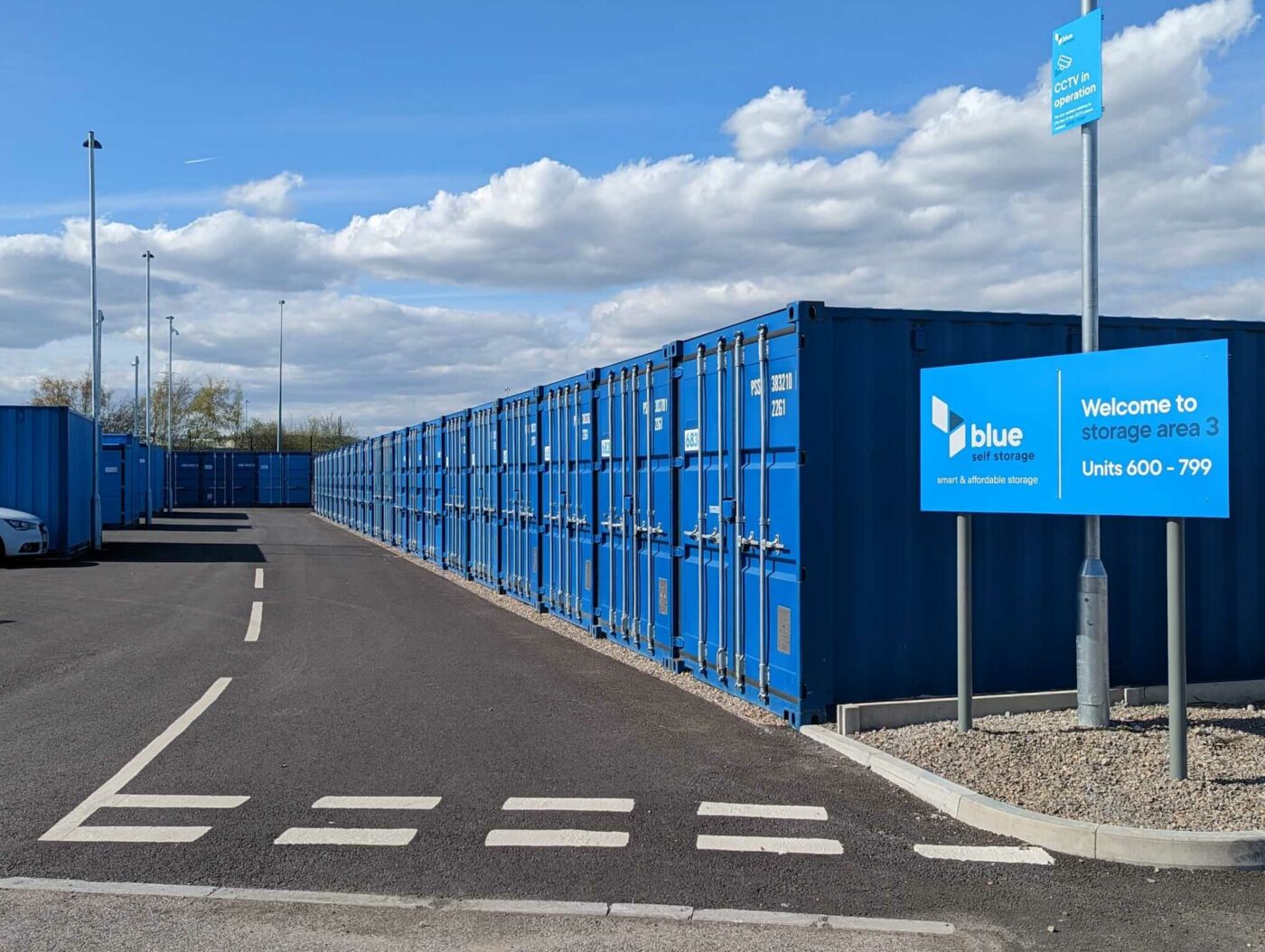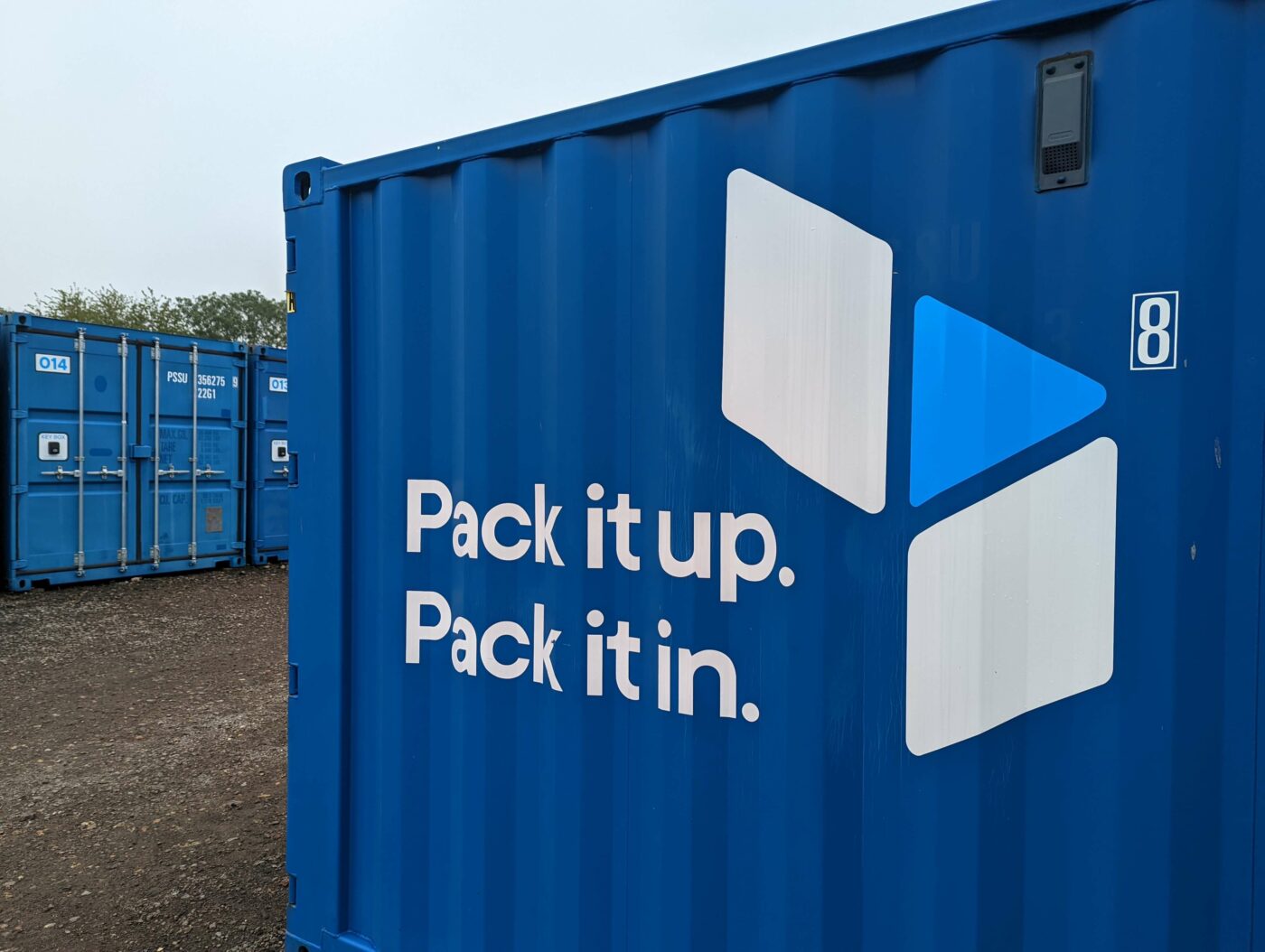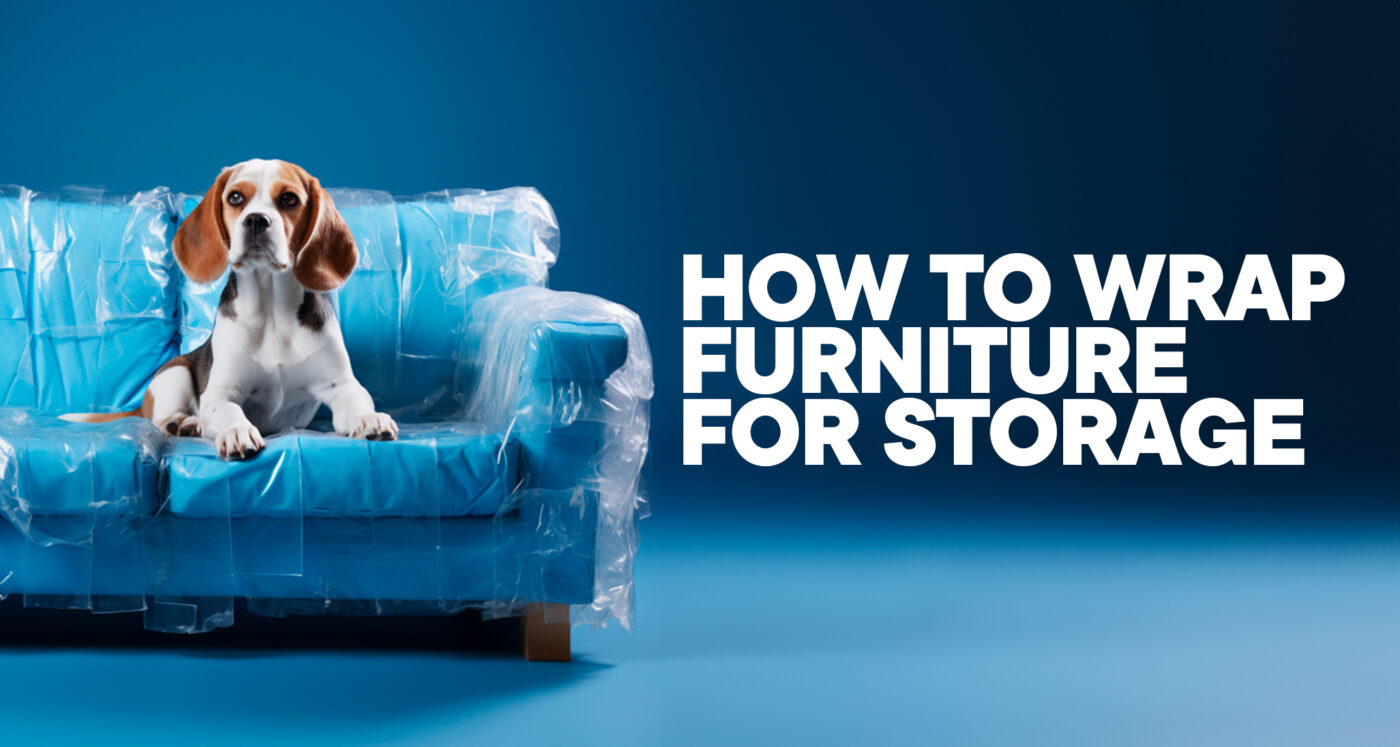
Properly storing your furniture is crucial to maintaining its condition and ensuring it serves you well for years to come.
Inadequate storage can lead to damage, wear, and tear that could have been easily avoided. Discover our tips and techniques for wrapping furniture for storage and helping you to keep your possessions in excellent shape.
Sorting wrapping supplies
Before you start wrapping your furniture, it’s essential to have the right supplies on hand.
You will need:
– High-quality plastic wrap
– Bubble wrap
– Furniture blankets or pads
– Boxes
– Packing paper
– Packing tape
– Labels and markers
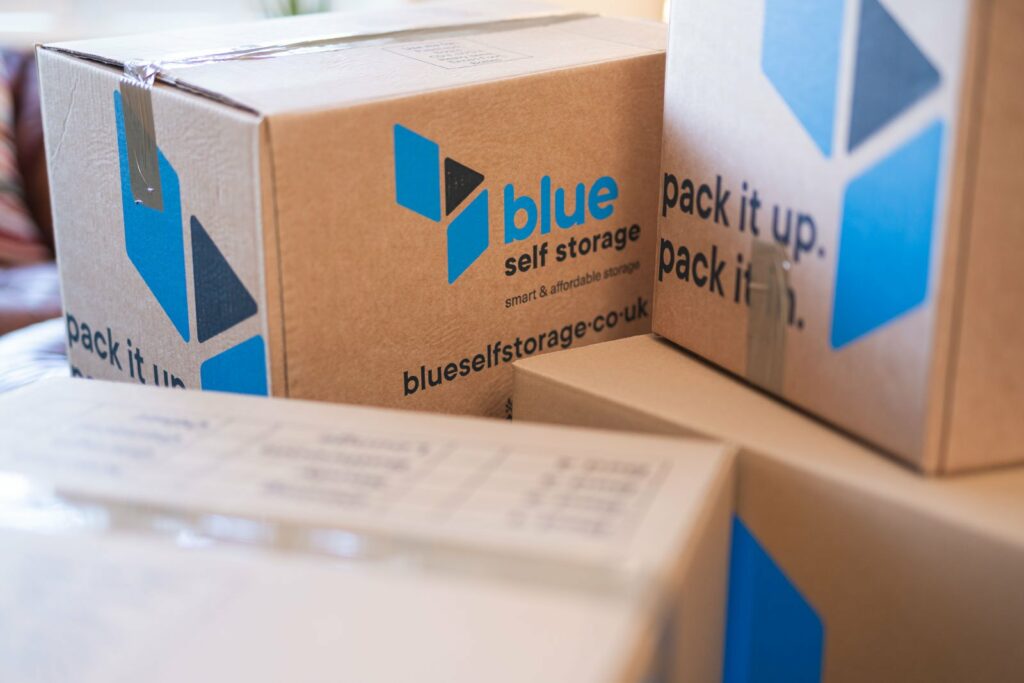
Investing in high-quality materials is essential. At blue self storage, we have sustainable high quality packaging you can buy to help protect your belongings. These include responsible-sourced cardboard and biodegradable bubble wrap. It helps to provide better protection and durability during storage, preventing damage to your furniture.
Preparing your furniture for wrapping
Before wrapping, take time to prepare your furniture. You will want to clean the surfaces to remove dirt and dust. Use appropriate cleaning methods for different materials, such as wood, fabric, or leather. Then inspect your furniture for any existing damage, loose parts, or issues. Address any necessary repairs before proceeding with wrapping. Proper preparation ensures that you’re not sealing in dirt or damage, which can worsen over time in storage.

Choosing the right wrapping materials
When wrapping your furniture for storage, it’s important to remember that different furniture pieces require different wrapping materials. Use plastic wrap for items with smooth surfaces like tables and cabinets as it provides a tight, protective seal. Bubble wrap is ideal for delicate or fragile items such as glass tabletops, mirrors, and electronics – protecting the delicate items from breakage or scratches.
Furniture blankets are excellent for larger pieces like sofas and mattresses, offering padding and protection. You can also get a sofa wrap for storage, for that extra piece of mind. Packing paper and packing boxes not only protect items but also allow for extra organisation as you can store certain items in the same boxes.

Wrapping techniques
Here are some useful wrapping techniques:
– Begin by disassembling furniture when possible to reduce the risk of damage.
– Wrap the item tightly, ensuring no loose ends or gaps.
– Pay special attention to delicate or fragile parts, using extra bubble wrap or padding.
– Secure the wrapping material with packing tape to prevent it from unravelling during storage.
– Make sure to wrap small items, even if they are being stored in packaging boxes. This adds an extra level of security!
Labelling and organisation
Labelling is crucial for the identification and easy retrieval of your items.
– Clearly label each wrapped item with its contents.
– Create a system to organise and track what’s stored in each package.
– Consider making an inventory list for quick reference.
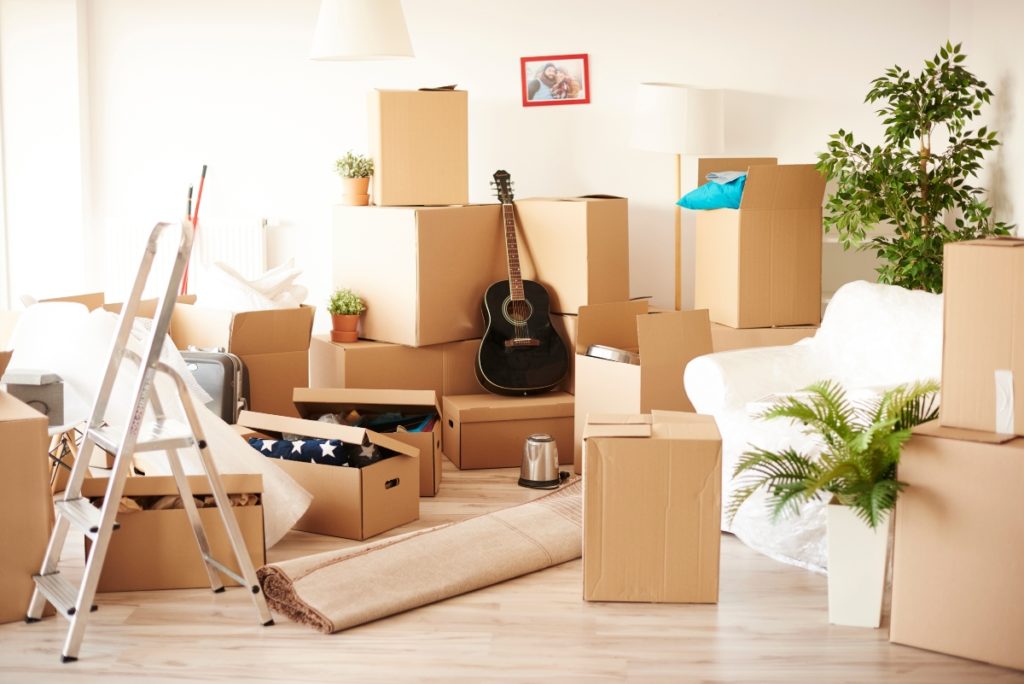
Stacking and placement
When storing furniture, think about stacking and placement.
– Stack items evenly and securely to maximise space.
– Leave space between items to allow for ventilation and airflow.
– Be cautious when stacking, ensuring that heavier items are at the bottom to prevent damage.
Watch our most recent video as storage experts Meg and Emma show you how to properly pack a storage unit ↓
Periodic checks and maintenance
Don’t forget to periodically check your stored furniture:
– Maintain the wrapping material as needed and make adjustments if required.
– Rotate furniture items to ensure even wear and prevent long-term damage.
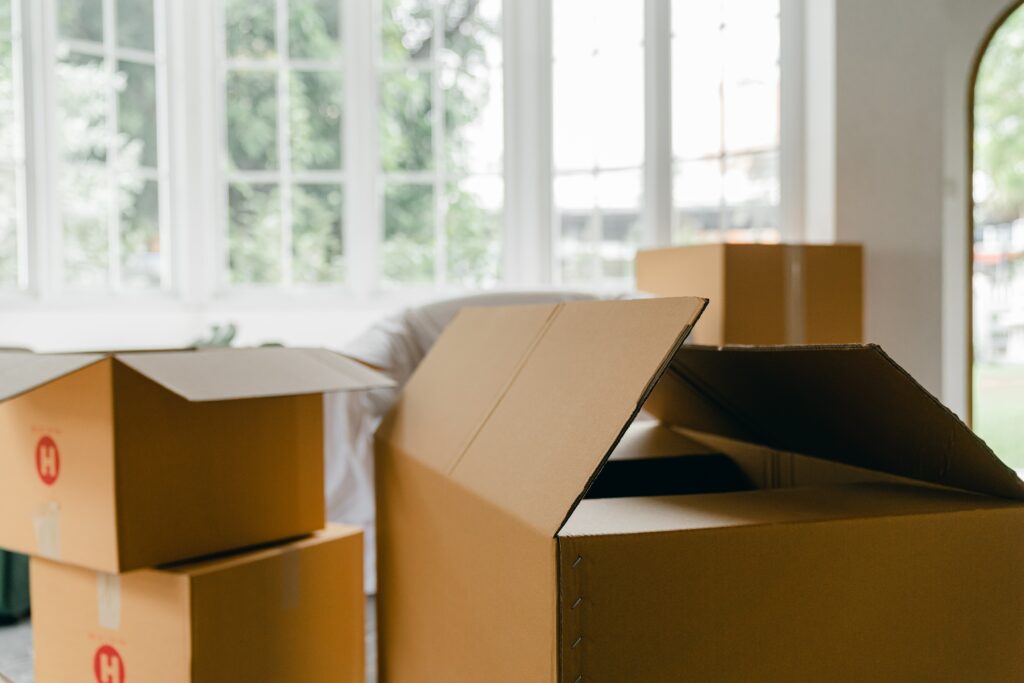
Wrapping furniture for storage is a skill that can help extend your belongings’ lifespan. With this useful advice, you will be well-prepared to keep your furniture in excellent condition during its time in storage. Remember, the effort you invest in proper wrapping now will pay off with furniture that looks and functions as good as new when you’re ready to use it again.
Discover our locations and storage pricing by clicking the button below, or contact us for more info.
#StorageMadeSimple
New to self storage? Explore our #StorageMadeSimple series with our experts:
- What is self storage?
- How to choose the right size storage unit when you’re moving house
- Why do people use self storage?
- Self storage insurance: what is it and is it important?

